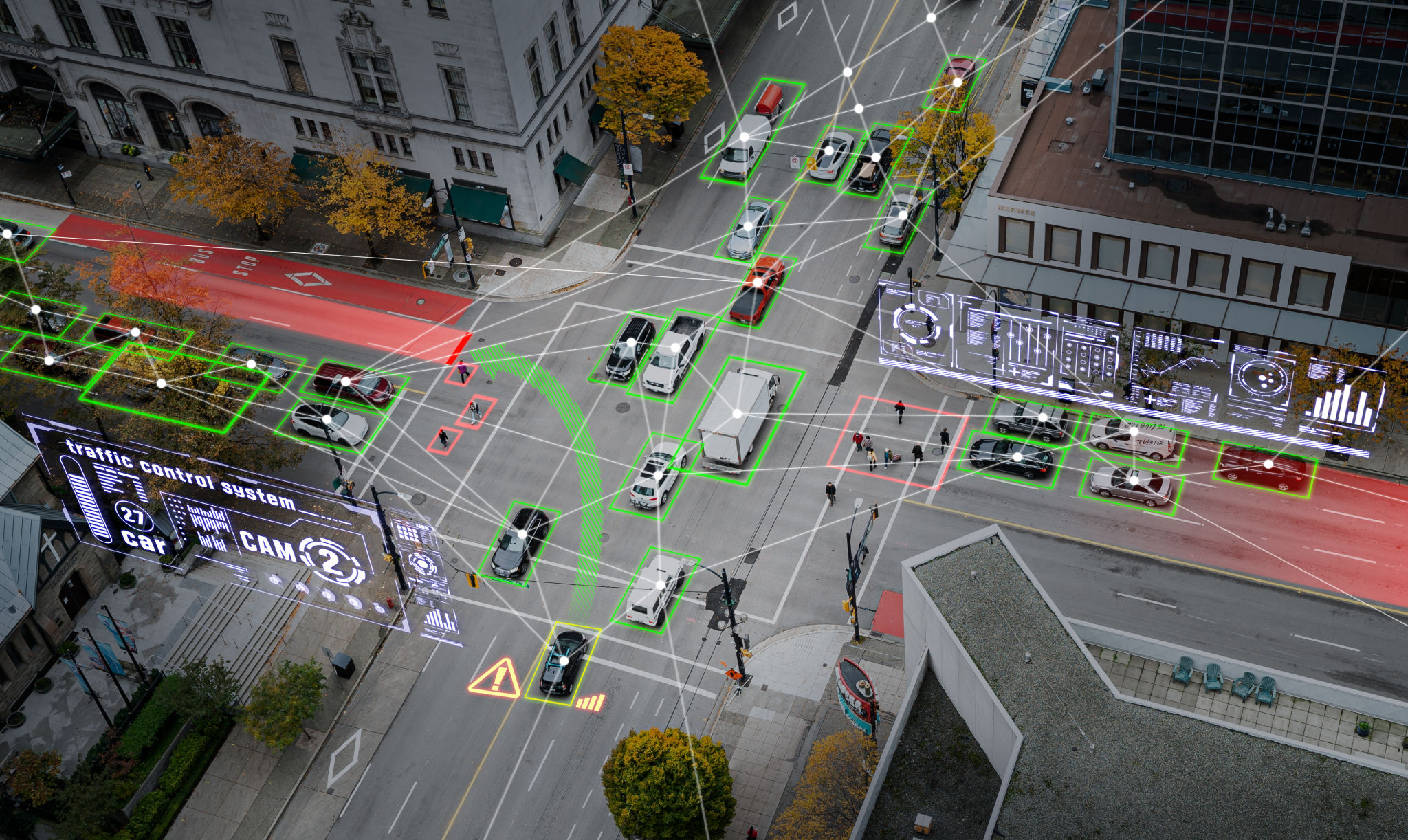Myth-Busting Smart City Technologies: What Really Works in Urban Areas
Understanding Smart City Technologies
The concept of smart city technologies often conjures images of futuristic urban landscapes where everything is connected, efficient, and automated. While the potential of these technologies is immense, not all of them deliver on their promises when applied in real-world urban environments. In this blog post, we'll explore which smart city technologies truly work and debunk some common myths surrounding them.

Myth: All Smart Technologies Improve Urban Life Equally
One of the biggest myths about smart city technologies is that they all have the same impact on urban life. In reality, some technologies offer far more benefits than others. For instance, smart traffic management systems have proven to effectively reduce congestion and improve commute times in many cities. These systems use sensors and data analytics to optimize traffic flow and are a great example of technology that has made a tangible difference.
On the other hand, not all initiatives have shown the same level of success. While smart waste management solutions promise to revolutionize waste collection processes, their implementation often faces challenges such as high costs and technical issues.
What Works: Smart Energy Grids
Smart energy grids are a highlight among successful smart city initiatives. These grids allow for better energy distribution and management, leading to increased efficiency and reduced wastage. By integrating renewable energy sources, smart grids help cities become more sustainable and resilient to power outages.

Moreover, smart meters give residents more control over their energy consumption, enabling them to make informed decisions and potentially lower their energy bills. This dual benefit of efficiency and empowerment makes smart energy grids a standout success in urban environments.
Myth: Smart Cities Are Always Cybersecure
Another myth is that smart cities are inherently secure from cyber threats. While it is true that many smart city technologies are designed with security in mind, the interconnected nature of these systems can make them vulnerable to cyberattacks. Ensuring cybersecurity requires continuous monitoring and updating of systems to protect against evolving threats.
Addressing Cybersecurity Concerns
Cities that have successfully implemented smart technologies often prioritize cybersecurity through robust protocols and regular system audits. Public awareness campaigns also play a crucial role in educating citizens about safe practices.

The Role of Citizen Engagement
One often overlooked aspect is the role of citizen engagement in the success of smart city technologies. Engaging citizens in the planning and implementation phases can significantly enhance the adoption and effectiveness of these systems. Feedback from residents can guide improvements and ensure that technologies address real community needs.
Cities that involve their citizens in decision-making processes tend to see higher satisfaction rates and better outcomes from their smart initiatives. This collaborative approach not only fosters a sense of ownership among residents but also leads to smarter solutions that work for everyone.
Conclusion
In conclusion, while smart city technologies hold great promise, not all of them work equally well in urban areas. Understanding what truly works requires a combination of practical implementation, cybersecurity considerations, citizen engagement, and continuous evaluation. By focusing on these key areas, cities can maximize the benefits of smart technologies and create more livable, efficient urban environments.
